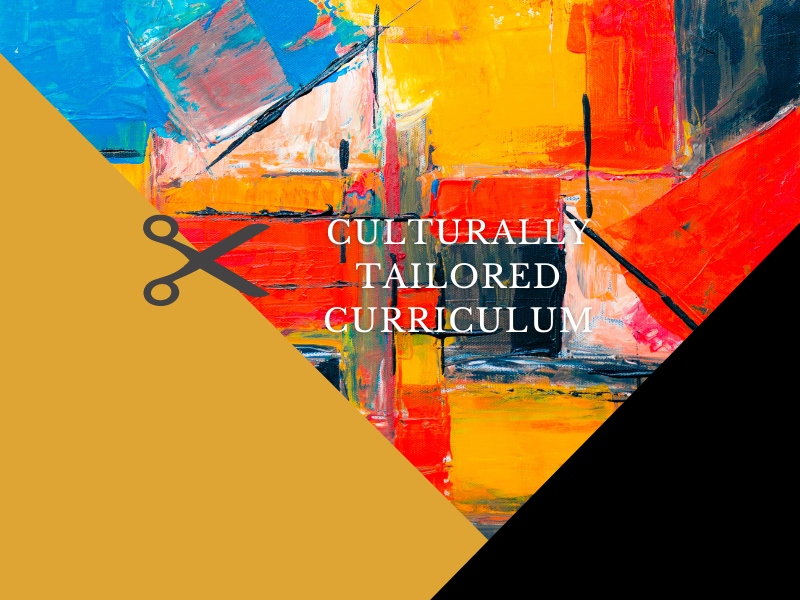Education does not adhere to a one-size-fits-all approach. Recognizing the importance of inclusivity and honouring diverse cultural identities, the development of a culturally tailored curriculum has emerged as a transformative approach. By weaving local traditions, languages, and values into educational content, this approach nurtures a sense of belonging, promotes cultural preservation, and empowers marginalized communities. In this article, we explore the significance of a culturally tailored curriculum and its positive impact on education.
Creating an Inclusive Learning Environment
The culturally tailored curriculum starts with a deep understanding of the target community’s language, history, and cultural practices. Through extensive research and engagement with local stakeholders, educators gain invaluable insights into the community’s unique needs and aspirations. This knowledge forms the foundation for designing a curriculum that resonates with learners, making education more relatable, engaging, and meaningful.
Preserving Cultural Heritage
The perfectly tailored literacy curriculum serves as a powerful tool for preserving and revitalizing endangered languages, traditions, and stories. By incorporating local languages and cultural content into educational materials, the curriculum reinforces the value and significance of indigenous knowledge. This approach not only preserves cultural heritage but also instils a sense of pride and identity among learners, fostering a stronger connection with their roots.
Engaging Learners through Relevant Content
Active engagement is essential for effective learning. A culturally tailored curriculum achieves this by integrating culturally relevant content and real-life examples into lessons. By drawing upon local contexts, histories, and experiences, educators create an environment where learners can relate to the subject matter. This relevance helps captivate students’ interest, fostering a deeper understanding and retention of knowledge.
Empowering Communities and Individuals
The culturally tailored curriculum goes beyond academic achievement. It empowers individuals within marginalized communities by valuing their unique perspectives and lived experiences. By analysing the success and community contributions, the curriculum cultivates a sense of self-worth, confidence, and agency among learners. This empowerment has a ripple effect, as individuals become advocates for their culture, language, and community.
Collaborative Approach and Community Involvement
Creating a culturally tailored curriculum requires a collaborative approach involving educators, community members, and local experts. The active involvement of the community ensures that the curriculum is a true reflection of their values, aspirations, and aspirations, and priorities. Engaging community members as co-creators and resources enriches the curriculum’s authenticity and relevance, making it more meaningful and impactful.
Conclusion
Culturally tailored curriculum stands as a beacon of hope for marginalized communities, offering a path to equitable education. By embracing and celebrating diversity, this approach fosters inclusivity, preserves cultural heritage, and empowers individuals. It is through education that we can break down barriers and create a world where every individual’s voice is heard and valued. As we continue to champion culturally tailored curriculum, we pave the way for a brighter future, one that cherishes and harnesses the power of diversity.
Read our article on Literacy & Sustainable Development

